There’s a new “wild west” going on in the Appalachia of North America.
This time it’s not a scramble for gold per se, but something nearly worth as much in weight. You can call it the gold of the forest, wild American Ginseng (Panax quinquefolius)
Why is it worth so much? Well around here it doesn’t have much value, you could sell it from $10 a pound at the local farmer’s market.
But out in Hong Kong, China, a pound of wild American Ginseng can go for up to $900!
And it can get even more valuable, there’s a 65-year-old wild American Ginseng root that once sold for $598,000 on auction.
Who would pay that much for a root? Well for a specimen like this, you wouldn’t exactly cut it up and put in a soup or medicine.
You would give it as a gift or keep it as a status symbol. In countries of Asia, wild ginseng is well known for its incredible uses. It’s a valuable treasure.
While Asia has its own species of ginseng (Panax Ginseng), North American ginseng and Asian Ginseng are said to have complementing medicinal effects.
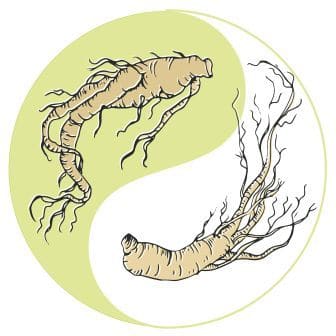
They balance each other out, the American ginseng’s cooling effect is the “Yin” to the Asian ginseng’s warming “Yang” effect.
Why Stewarding American Ginseng is Important
The plant is in high demand in Asia and the demand is likely to go higher.
While the market still loves American ginseng grown in fields, they value much more ginseng grown in the forest.
It’s said that the wild ginseng, which has a much harsher life, will have superior medicinal properties.
And because of this, foragers have taken to the woods and in many areas over-harvested wild ginseng.
This has resulted in a decline of wild ginseng throughout North America.
But all is not lost, it’s said that the forest harvests have declined in the last years, as the ginseng itself is located in hard to reach areas. Some patches are still safe outside of our reach.
Most importantly, there have been several farmers of wild ginsengs appearing here and there throughout the Appalachia.
They farm it under the cover of the forest without the help of dangerous pesticides or chemical fertilizers, which fits under the standards of true wild ginseng and goes for its rightful price in the market.
This is great for the species because it reduces the stress on wild harvest.
It brings in more seeds into the market (which only have a 2% chance of germinating by themselves in the wild) and educates people about ginseng.
They say the first step for the conservation of a species is to truly learn and understand its habits.
So if you live in eastern North America and have a piece of rural land with forest on it in, why not learn to forest farm American ginseng too?
Why not join in and steward this species, become part of the conservation effort?
Not a bad idea, right? Let’s get to know more about this treasure of plant:
What is Ginseng?
American Ginseng (Panax quinquefolius) is a non-timber forest product that grows mainly in Eastern North-America, it’s commonly found in the Appalachia.
Ginseng is commonly used as a medication to reduce stress, increase the immune system and stimulate the body.
It’s useful when fighting colds and flu as it reduces the symptoms. Making ginseng tea is great to relieve a sore throat.
Medicinal effects of American Ginseng
American ginseng has chemicals called ginsenosides. These chemicals affect insulin levels in the body and lower blood sugars.
This makes ginseng useful for people with conditions such as diabetes.
Other chemicals such as polysaccharides benefit the immune system, which aids to fight against respiratory tract infections.
Did you know you can take ginseng extracts such as Cold FX (CVT-E002) to reduce the likelihood of getting flu or a cold during peak season?
Another health benefit of American ginseng is its use fight fatigue, some people have taken the herb alongside draining treatments such as chemo to improve vitality.
Where American Ginseng grows
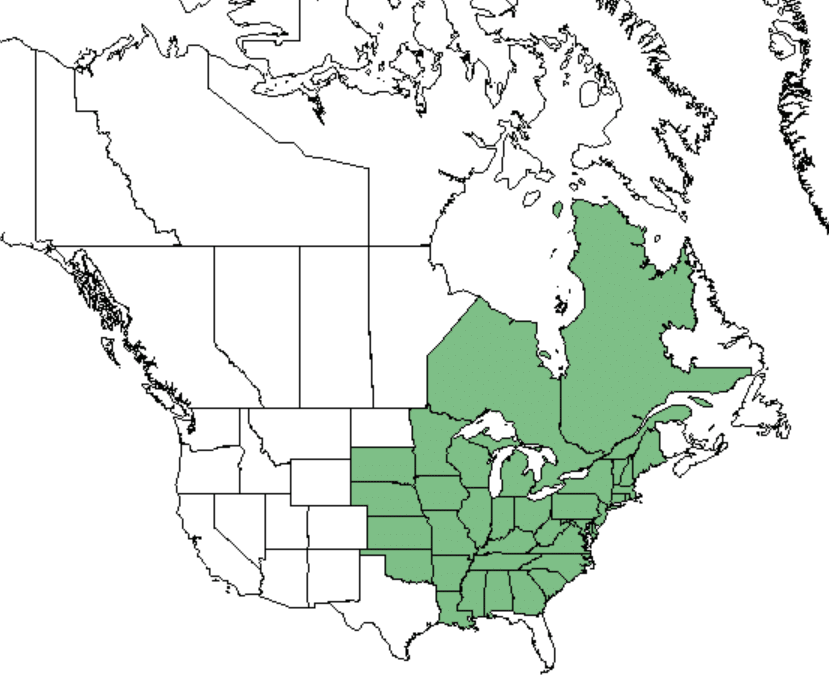
American Ginseng is a perennial herb that grows in most areas of eastern North America.
You can commonly find it in hardwood forests on well-drained, north and east-facing slopes usually in porous, humus-rich soils.
But it also grows on southwest-facing slopes in clay or sandy soils along with conifers and softwoods.
Forest Farming American Ginseng
Forest farmed American ginseng is an alternative to wild exploitation and artificial ginseng farming.
When farming in a forest, you use the forest canopy as a source of shade and natural habitat instead of simulating the forest conditions.
It reduces your initial investment and also provides higher quality root, which is what is sought-out in the Oriental markets.
Slowly aged roots with various shapes and forks are preferred, as opposed to field-grown, heavily fertilized, cultivated roots harvested at a young age.
While the root is the most valuable part of the plant, you can still collect the ginseng seeds for yourself to expand your planting operation or to sell them to other growers.
1 to 2-year-old seedlings can also be collected and sold to growers for a source of income instead of waiting for the full growth period.
Where to Forest Farm American Ginseng
There are certain indicators to look for when finding the ideal site to forest farm American ginseng.
Mountains, river bluffs, hilly outcrops, wooded ravines, and hollows are all desirable areas for long-range ginseng growing.
Apart from the type of terrain, you can also look for indicator plants that will tell you this is a good spot for growing.
Deciduous trees like ash, basswood, elm, hickory, red/white oak, and especially sugar maple are all trees in which wild ginseng often naturally occurs around.
Other perennial herbs such as rattlesnake fern, spleenworts, jack-in-the-pulpits, mayapple, and wild gingers are also all good indicators of suitable habitat.
For example, stinging nettle indicates that there is enough moisture, baneberry and maidenhair fern tell you that calcium levels are high enough to grow ginseng.
Note: If you found a spot that has the perfect conditions for ginseng but cannot find the herbaceous perennial herbs that grow alongside it, this might be an indicator that there is a large population of deer in the area that have eaten all the plants.
In this case, it might not be such a good idea to plant there because the deer might eat your ginseng too.
Look for spots with a good tree canopy that gives at least 70% shade if you want your ginseng to develop successfully during the season.
And before you plant, you should remove herbs and shrubs in selected sites to reduce competition and maximize soil aeration.
Type of soil to look for
Wild ginseng likes well-drained, porous soils in a PH range of 5 to 6.
Veteran growers have said PH is quite an important factor to grow wild ginseng successfully since higher PH allows plants to absorb nutrients better.
In some cases with artificial wild-simulated growing, for example, farmers will add agricultural lime to raise the soil PH to this range.
Warning: Some experts say that raising soil PH in forest conditions is generally not a good thing.
Because adding nutrients to ginseng (fertilizing) in forest settings actually increases the chance of ginseng getting a disease.
Forest grown ginseng does not like extra nutrients.
Although enough calcium in the soil, which comes from forest litter decomposition, is most important for growing ginseng.
This means you want to keep as much forest leaf litter on the soil as possible since it acts as a mulch and fertilizer.
Experts recommend adding gypsum to soils with levels of calcium under 2000 pounds per acre.
How to Plant American Ginseng Seeds
First, you need to get the seeds, if you cannot get them fresh, you will need to get them from a grower.
You should aim to get seeds that have been harvested the year before and stored in the proper conditions.
The seeds should be stored in an environment that simulates the natural forest soil.
Ask the supplier if they properly stored the seeds first before buying because they should never be left to completely dry. You want to ask for stratified seeds.
Where you can buy American Ginseng Seeds
Ginseng is a protected species which means sources cannot ship seeds or seedlings outside of the country. If you want to get some, you will have to find a supplier in your country.
I made a quick list for you:
United States
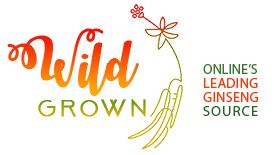
Wild Grown Ginseng Seeds has a limited stock every year, make sure to reserve ahead of time if you want to get your hands on some!

Hsu Wisconsin Ginseng seeds are also stratified and ready to plant.

Harding’s wild mountain herbs sell seeds harvested from a forest farm. These are the perfect match for what we want to do.
Canada
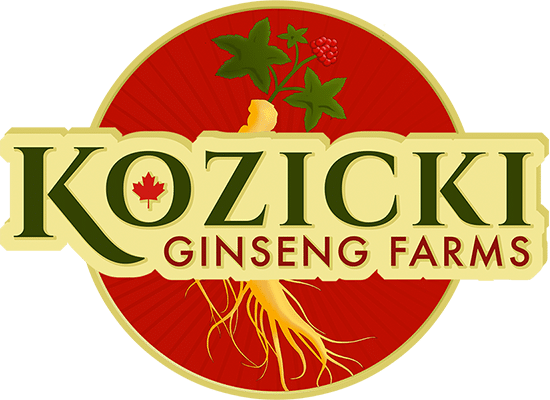
Kozicki Ginseng Farms sell seed from August to December. They have a wild-simulated farm in Waterford Ontario.

Victory Ginseng Ontario is one of the largest ginseng suppliers in Canada that sells in bulk.
What time of the year to plant American ginseng seeds
Ginseng is a type of herb that’s best planted during fall as early as September.
If you have ginseng plants already, you can pick fresh seeds from the red fruit and squeeze them out. Every fruit has about 2 seeds.
If you plant those immediately, they will likely sprout disease-free on the second spring.
Preparing your planting site
To ensure optimal growing performance of your ginseng, there are a few preparations you can do:
- Find a good spot (hillside) with not too many rocks and clear the rocks you can with a fork rake.
- Analyze the tree canopy to see if you need to cut down a few trees, you must have a shade cover of around 70%.
- Remove all competing vegetation with your hands, including mall understory trees.
- Rake the leaves uphill (it’ll be easier to cover the seeds after).
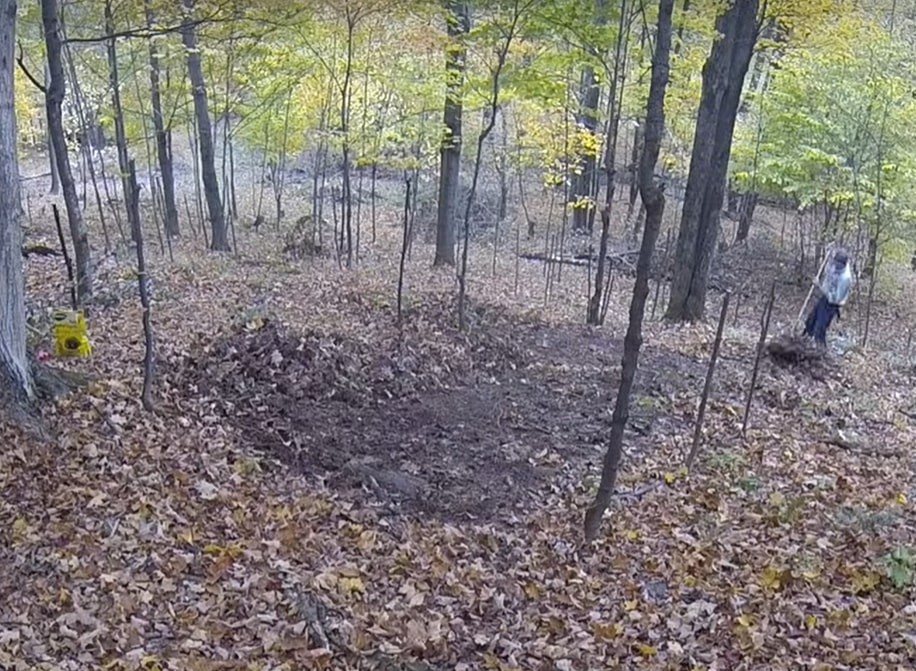
An area of about this size should yield up to 200 ginseng plants, each planted 6 inches apart.
Planting Technique
Ginseng seeds need to be planted 1/2 inch deep into the soil and no closer than 6 inches apart.
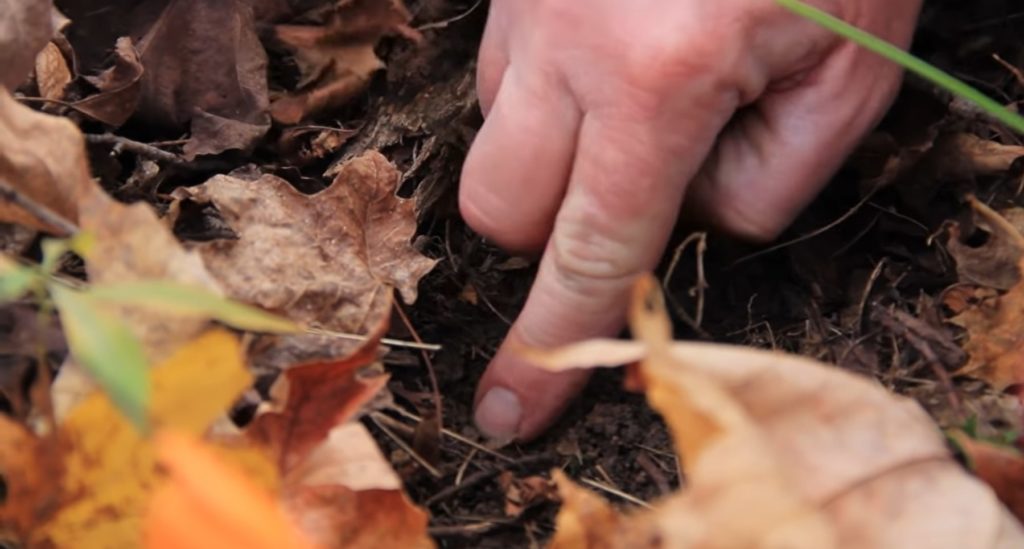
You can hand plant them one at a time or scatter the seeds on the soil after raking to remove forest litter.
When you scatter the seeds, you want to take a fork to the soil first to loosen it up, then broadcast the seeds all over.
Next, get them into the soil by walking over the area with your boots to press them down.
Finally, cover them up with forest litter using your rake.
Important Note: Be careful of the type of leaf you have on the forest floor, trees like oaks have thick leaves that will smother your seeds while also releasing butanoic acid while decomposing.
Thinner leaves like sugar maples decompose quickly and release calcium that helps the ginseng grow.
Additional Note: It’s not a problem to grow them in dense populations (under 6-inch space between each), actually it is preferred since dense ginseng populations will maximize yields by reducing competition with other plants.
Alternatively, if you managed to get 1 to 2-year-old seedlings, you can dig a small hole with a spade plant the seedling deep enough into the soil to cover the terminal bud without tangling the roots.
Maintenance while Forest Farming American Ginseng
Forest farming ginseng does take a little bit of maintenance.
You should add a bit of mulch or forest leaf litter in areas where it’s lacking.
Eco-friendly pest control methods may be used if some plants are being attacked.
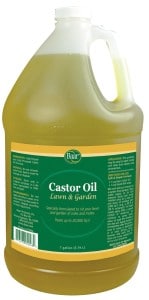
For example, there are castor oil-based organic rodent repellents like this sold online at pest repellent center or at local stores.
It may also be attacked by funguses such as Alternaria during heavy rain or dew periods. To treat ginseng affected by this, growers recommend maneb (dithane M-22).
Any plant infected with Alternaria should be removed, soaked in maneb solution then replanted in a separated patch away from the rest.
Insects such as lygus bug, whitefly, aphids, and leaf beetle may also go after your ginseng. Organophosphate malathion or plant-derived biodegradable pyrethrum or rotenone can help keep them at bay.
You can also weed out major intruders and keep your plants separated for maximum aeration.
How Long does it Take to Forest Farm American Ginseng?
When you plant from seed, the majority of forest farmed American ginseng will not reach full size and maturity until 9-10 years.
I know what you’re thinking, wait..what?! 10 years to grow ginseng!?
Fully mature plants take up to 10 years to grow, but you can still get profit from ginseng roots that are from 4 to 6 years old.
It does take a long time but the profit can be huge, and you can grow them on your rural land alongside a tree farming operation for best results.
But there is also a way to hasten the process:
If you remove flowers annually from two to three-pronged plants, it will increase root size and decrease harvest time by a year or two.
If flowers are not removed, you can annually collect seeds after 4-5 years of growth.
Note: If you happened to plant some ginseng too close to one another and need to thin, you can either transplant them elsewhere or sell the seedlings to other farmers.
How does American Ginseng Grow?
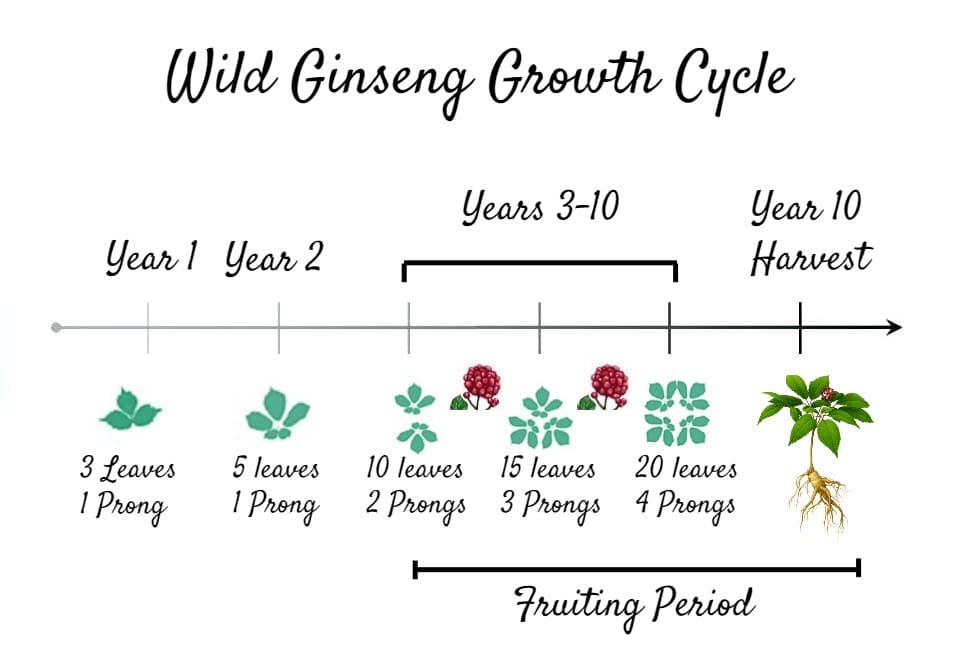
This is the general process wild ginseng takes while growing, although there may be some variations. For example, some seedlings will come up with 2 prongs before forming 5 leaves first.
You can expect your wild ginseng to start fruiting in the 2 prongs stage, so roughly after 3 years and onward.
In the first few years of fruiting, your yields will be much smaller than in the consequent years, where you can collect up to 40 seeds per plant.
How to Stratify American Ginseng Seeds
Ginseng seeds need to go through an 18 month stratification period of cold and warm before they will germinate.
You do want to know the stratification process because eventually, you might have so many seeds that you want to sell them.
And the standard online for selling ginseng seeds is to have them stratified first. Here is how you can stratify American Ginseng Seeds:
- First let freshly harvested seeds ferment in water to remove the pulp, then clean them.
- Mix the ginseng seeds in equal parts of clean, damp sand.
- Place them in a metal mesh screened box (to exclude rodents).
- Partly bury them in well-drained soil.
- Place some mulch on top to prevent drying and admit rainfall.
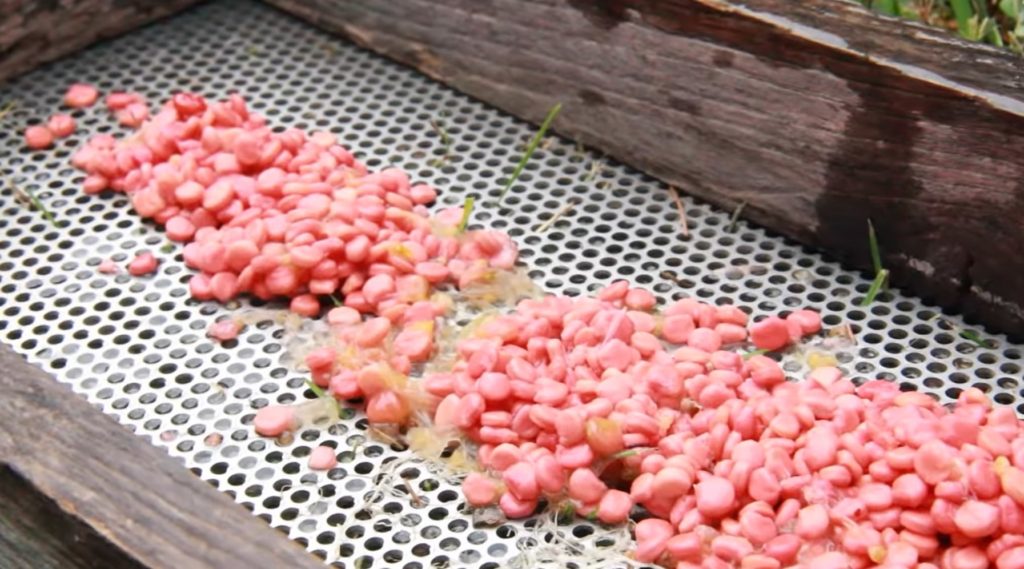
Fermented seeds being washed clean.
Fall is the best time to bury, let them sit like this through the first winter, spring, and summer.
During summer you want to dig out the seed box and clean them once again.
Congrats, your seeds are stratified! You can now plant or sell them.
How to Harvest Forest Farmed American Ginseng
The best time to harvest ginseng is during Fall.
And when it comes to harvesting wild ginseng, you have to be careful because every single piece of root on the ginseng is valuable.
The thickest ginseng roots with numerous amount of forks are worth the most.
Here is how you should harvest, step by step:
- Expose the rhizome (underground stem) carefully, this is the base of the above-ground portion.
- Follow it’s length (often horizontal) until it joins the top of the true root.
- Carefully remove the soil around it until you uncover it completely, remember that the true root may be forked and have multiple branched rootlets.
- Remove loose soil on the root and wash as soon as possible but do not scrub the remaining soil from the root, a little bit of soil on the root rings can increase value.
How to Prepare Wild Ginseng for Sale
Spread your cleaned roots on a screen rack to dry, you want to turn them frequently to provide proper aeration.
The drying time will depend on the root size and drying technique. Outdoors you can dry large roots in about 3 weeks but smaller roots might take under a week.
You can hasten the drying process with artificial heat at about 90F, a heater fan works well for that.
Don’t dry them in an oven though, it’s too fast and the roots might lose their color.
When they have dried completely, store them in a dry, aerated and rodent-proof place until you are ready to sell.
Generally, 3 pounds of fresh ginseng will dry into 1 pound of dried ginseng.
Dried ginseng becomes quite brittle, which means the little roots might easily break off.
Not to worry, grind those little roots and collect the powder to use in teas or capsules.
The best time to sell ginseng roots is between November and April, where you will get the best price. Expect sharp fluctuations in prices throughout the year.
Join a Cooperative to Sell your Forest Farmed Ginseng
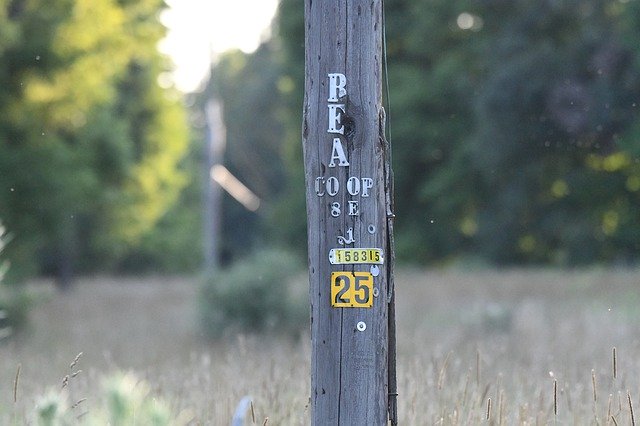
Join or Form a Ginseng Farmers Co-Op
There is a problem with poaching and stealing in ginseng farms, a way to avoid that is to join or form a ginseng farmers cooperative in your area.
This way growers can all collectively pool their resources and give greater control over the marketing and price.
Buyers in Asia generally won’t be interested in a small harvest, they like to buy in large quantities. Cooperative can establish long term relationships with overseas buyers by selling in bulk.
Being in a cooperative also means you can exchange information with locals on growing techniques or report any incident of poaching.
Without a cooperative, you will have to find a local middleman that already has a connection with an overseas buyer. It’s not preferred because this way you will be forced to sell for a cheaper price.
Some cooperatives have also created grading systems with the help of veteran growers that will help newer growers understand the value of their crops.
New growers are always welcome since the Asian market for ginseng is basically bottomless, the demand has always been much greater than the supply.
New growers also help veteran growers by purchasing seeds. They can form new marketing alliances as well to increase profits.
How to increase Ginseng Profit by Value Addition
As with most non-timber forest products, value addition is your ally if you want to increase your profits. Here are 4 clever ways to add value:
- Create your own tea mixes with ginseng root or powder
- Make a berry/ginseng conserve
- Make ginseng essential oil extracts
- Turn your ginseng powder into medicinal capsules
There is an untapped potential of things to do with ginseng, who knows, maybe you can be the one to find the next technique to value add to ginseng?
Conclusion
I hope you’ve learned all you needed to know from this guide to start forest farming American ginseng.
Forest farming really is a great way to spend time in the forest and rewild yourself.
Remember, the best time to plant ginseng was 10 years ago, the second-best time is now. I hope to see you start your business soon and join a local ginseng growers cooperative.
Finally, I’d like to thank ginseng expert Bob Beyfuss for a good portion of the information and techniques presented in this guide and the U.S. National Forest Service Library for offering such an interesting range of resources on the subject.
Happy Ginseng Farming!


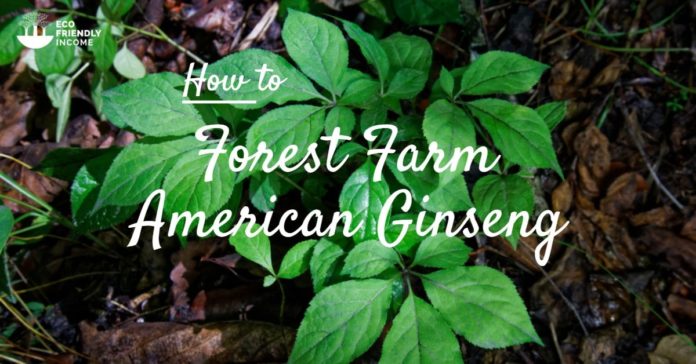
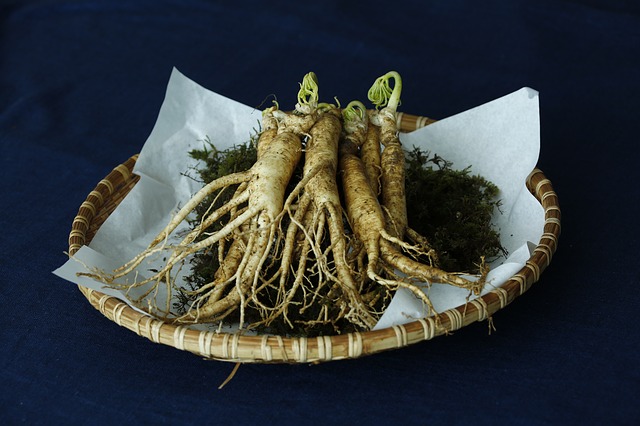
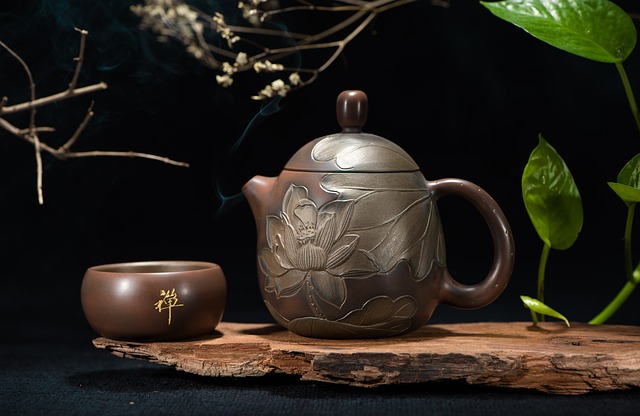
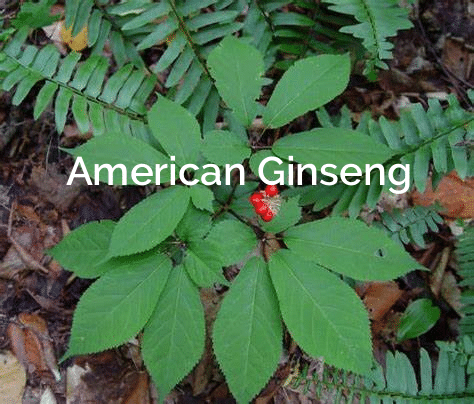
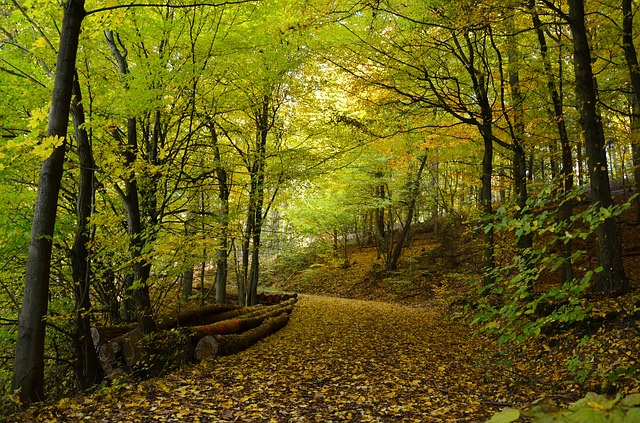
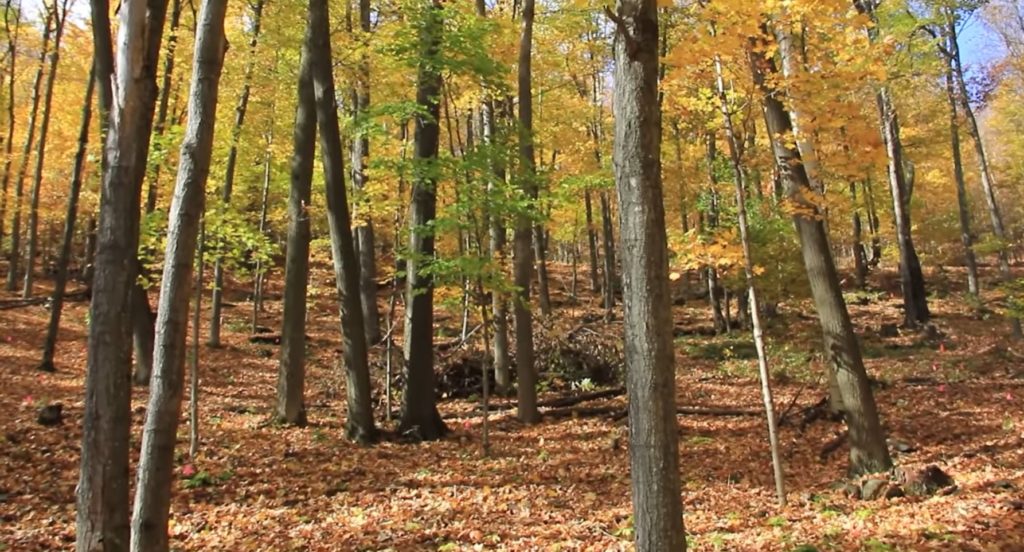
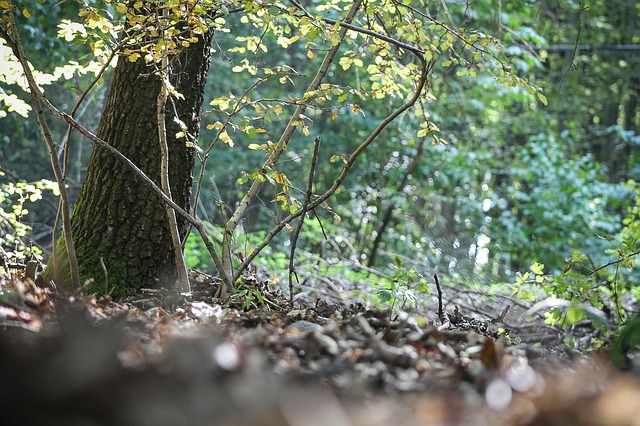
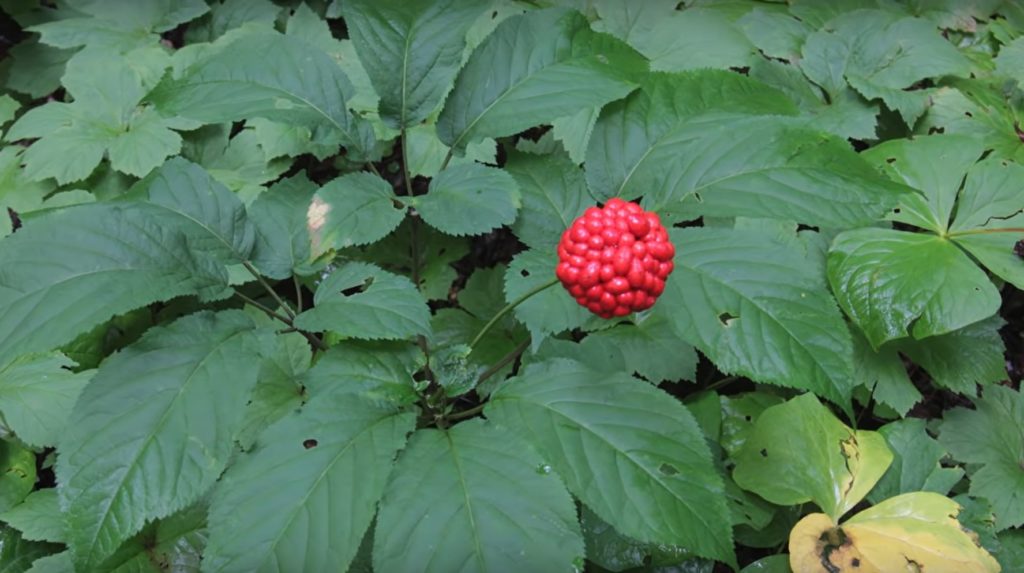
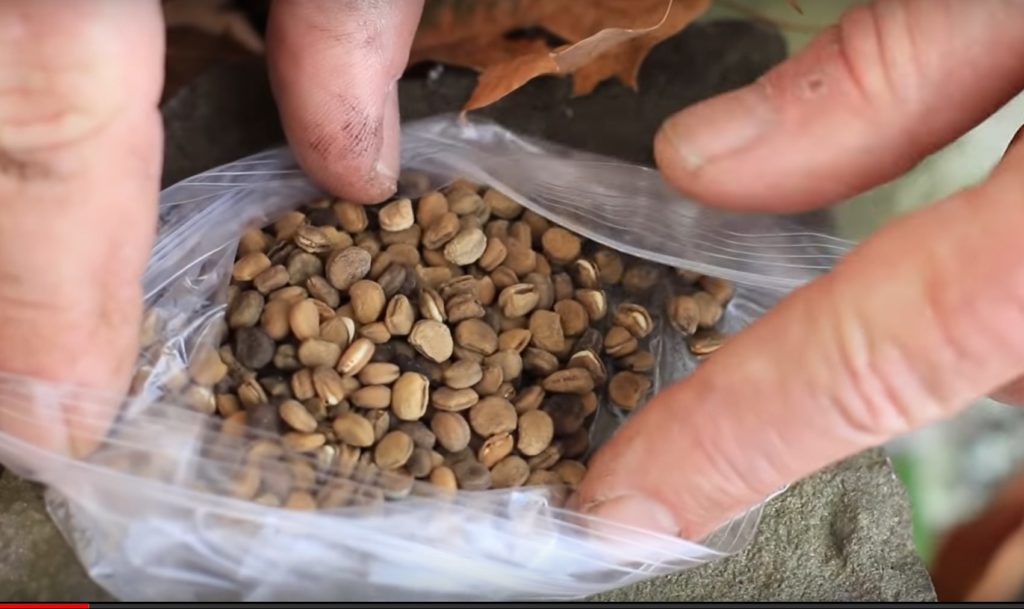
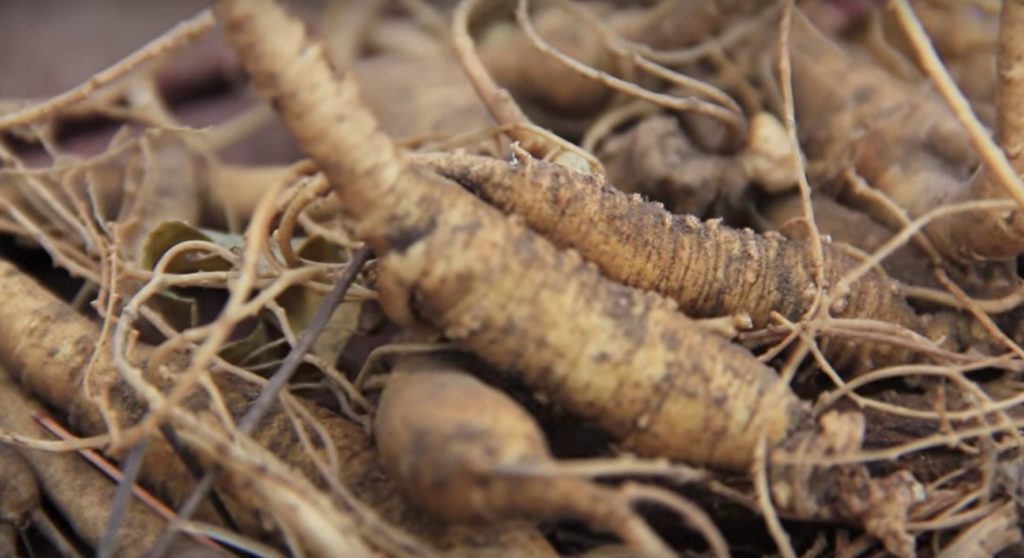
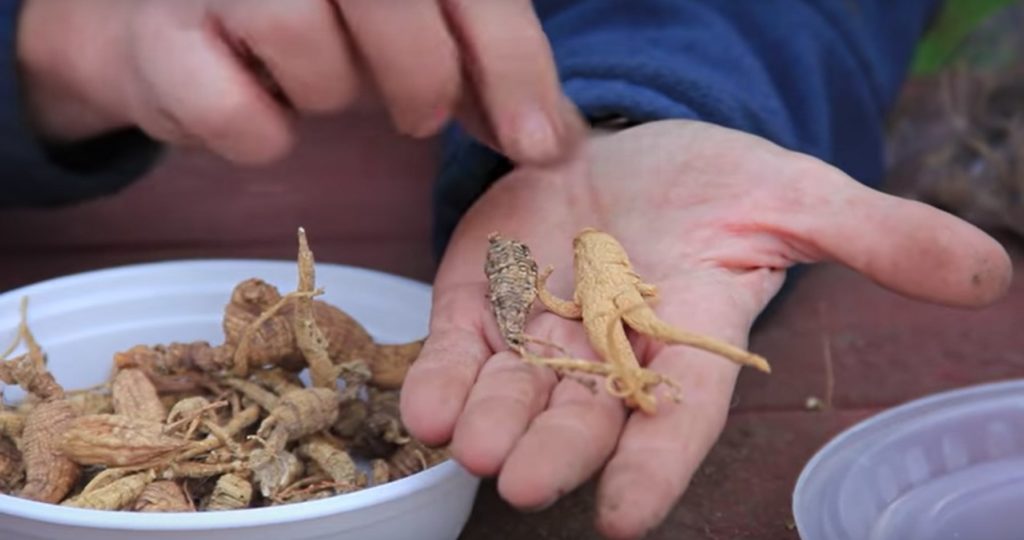
Like!! Really appreciate you sharing this blog post.Really thank you! Keep writing.
I know this if off topic but I’m looking into starting my own weblog and was curious what all is needed to get set
up? I’m assuming having a blog like yours would cost a pretty penny?
I’m not very internet smart so I’m not 100% positive.
Any recommendations or advice would be greatly appreciated.
Many thanks
My site: CBD for sale
It takes time to write and some basic skills that can be learned along the way. I recommended using wordpress.org for your blog. Good luck!